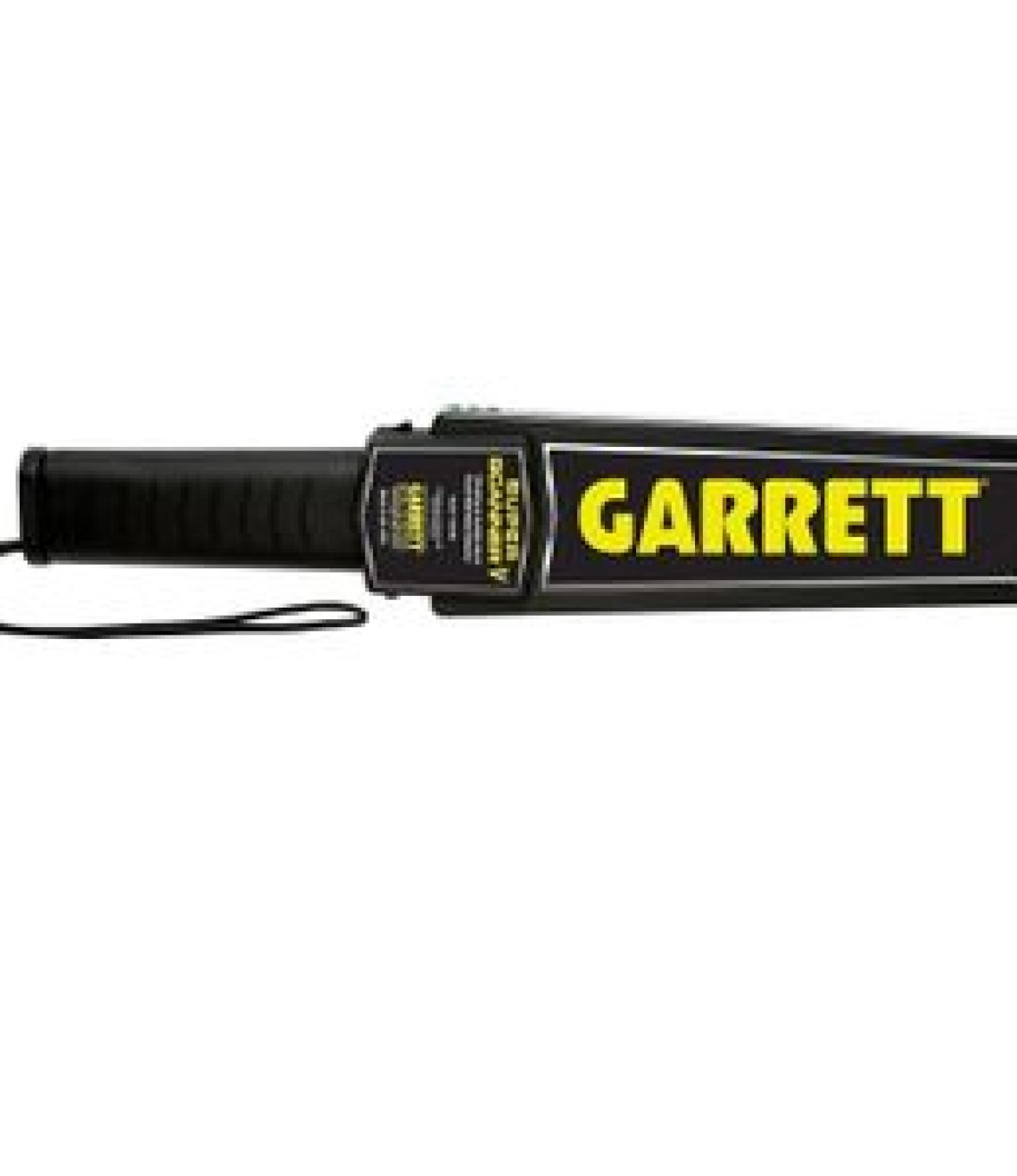Express Deliveries countrywide.
Metal detector

This metal detector is an electronic device used to detect the presence of metal objects hidden beneath the surface or buried in various materials. It is commonly employed in a wide range of applications, including security screening, archaeological surveys, treasure hunting, and industrial inspection
Quantity:
Continue Shopping
Category: metal detector
Description
A metal detector is an electronic device used to detect the presence of metal objects hidden beneath the surface or buried in various materials.
It is commonly employed in a wide range of applications, including security screening, archaeological surveys, treasure hunting, and industrial inspection.
